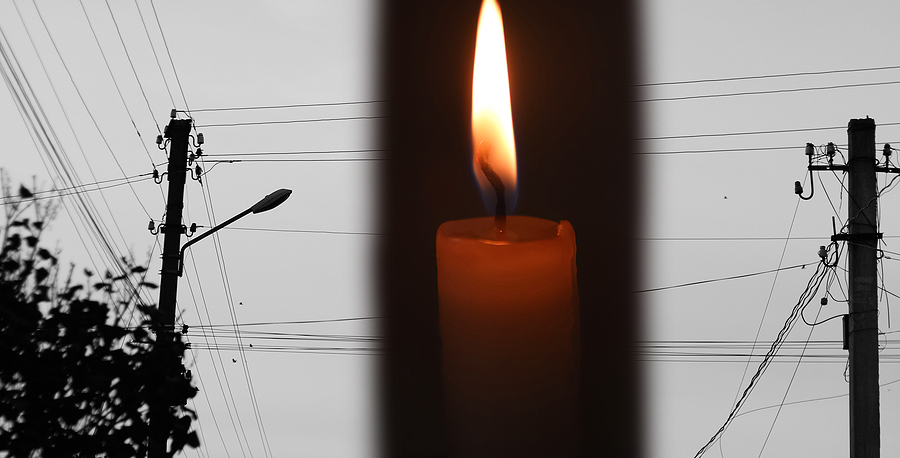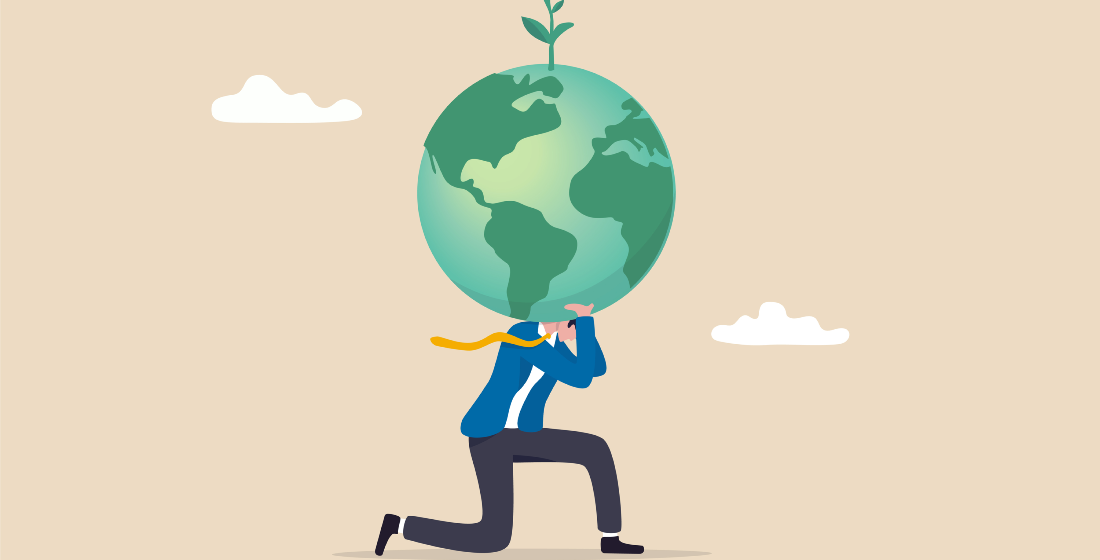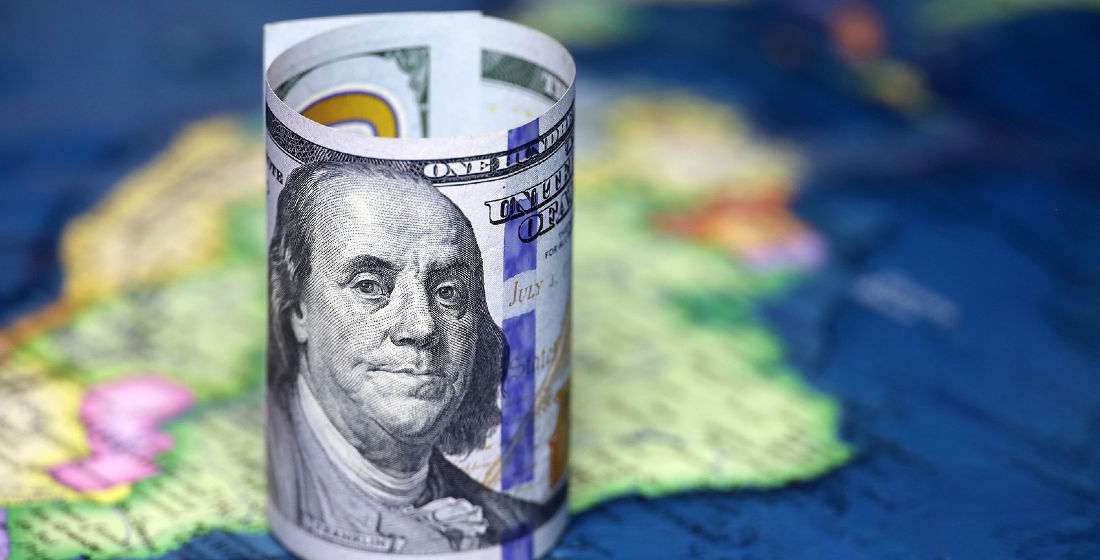Renewables grid-lock?
Grid constraints are slowing the energy transition in both developed and developing markets. Should some of the DFI focus and support for new renewables capacity be transferred to grid development?

Some progress was announced during and prior to COP27 on financing South Africa’s energy transition. In October South Africa's $8.5 billion (ZAR152 billion) International Partners Group (IPG) climate finance deal reached a critical milestone with the completion of a draft investment plan In November CIF followed with a plan to equip South Africa with access to $500 million in concessional, risk-bearing capital from CIF’s Accelerating Coal Transition (CIF ACT) investment program to enable the country to retire several coal-fired power plants and replace them with renewables. The World Bank also announced a $497 million loan to South Africa to decommission and repower the Komati coal-fired power plant using renewables and batteries. And KfW and AFD agreed to provide $600 million of concessional 20-year debt for transition from coal to renewables.
But the announcement last week that only five solar projects from the sixth bidding window of South Africa's Renewable Energy Independent Power Producer Procurement Programme (REIPPPP) have been taken forward to preferred bidder status puts a major downer on an otherwise solid few weeks of transition development.
The bid six window was intended to procure 4200MW of new generation capacity – 3200MW of wind and 1000MW of solar PV. Instead, just 820MW of solar PV projects are moving to the next stage: Scatec's 120MW Doornhoek PV, Red Rocket Energy’s 240MW Virginia solar park and the 200MW Good Hope projects; and the 150MW Boitumelo solar plant and 150MW Kutlwano projects which are being sponsored by a local developer. The five projects achieved a weighted average tariff of ZAR490.48 – an 8% increase from the solar PV tariffs achieved in bid window 5 but still competitive given current cost inflation in the solar supply chain.
Given the window six tender generated 56 bids totalling 9.6GW in October, there is clearly developer appetite. The problem is Eskom’s lack of grid capacity and arguably, competence. All the bid six onshore wind offers – which totalled 4116MW of capacity – were for schemes in the Eastern Cape and Western Cape supply areas, and during the bid evaluation Eskom announced it had no grid capacity available in those areas for onshore wind (an issue it must surely have been aware of prior to the tender given the Cape supply region is the most attractive for both wind and solar). Incompetence or oversight, Eskom’s announcement has scuppered the onshore wind part of the tender.
South Africa is not alone in grid capacity constraints being a major hurdle to energy transition – developed markets in Europe and the US face similar problems, and although the grid tends to take second place to building new generation capacity in the global political dialogue on energy transition, developed markets are becoming increasingly grid-aware and accepting of the fact that transmission needs massive investment.
Commercial lenders will have appetite for developed market grid transition, but some DFI support will still be required given the scale of the funding required. For example, in the Czech Republic the EIB has recently agreed to provide a €790 million loan – a record for the country – to Czech energy utility company CEZ to fund the expansion of the national electricity distribution network and enable CEZ to integrate up to 2.2GW of new renewable energy sources.
The Uxolo perspective
In developing markets, the need for DFI support for grid projects is even greater. According to the International Renewable Energy Agency (IRENA), the energy transition in Africa will require on average $70 billion per annum of investment between 2015 and 2030. Within that total, approximately $45 billion would be for generation capacity and $25 billion would be for transmission and distribution infrastructure. Those figures were produced in 2020, and will now be considerably higher given inflation and the ballooning cost-of-debt premium for African borrowers.
DFI involvement in transmission in developing markets has produced some key projects. For example, the Ethiopia-to-Kenya Interconnector – the longest transmission line in central and East Africa – is nearing completion, having been part-funded by the AfDB, AFD and World Bank. But considerably more focus needs placing on grids – no grid development means a much slower energy transition, and arguably more commercial lenders will have appetite for funding wind and solar at competitive rates if the projects feed into a reliable and expanding grid. Mini-grids and standalones have a role – but national grids need more attention.





